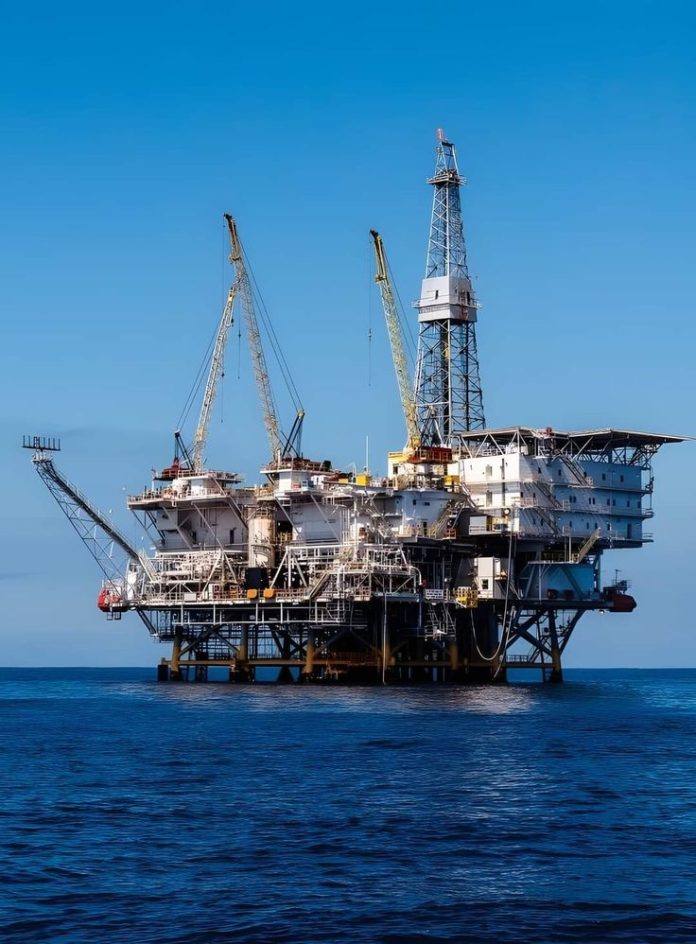Rich countries can free enough public money in a single year to transform africa’s climate outlook, if political choices follow the math.
That is the blunt finding of Oil Change International’s analysis report, We Can Pay For It, which argues that a package of measures in Global North countries could unlock about $6.6 trillion annually. The set of proposals is straightforward in form: tax extreme wealth, end fossil fuel handouts, make polluters pay for extraction and environmental harm, reform corporate tax rules and close loopholes, and re-think debt and military spending priorities. Taken together, those steps are large enough to fund renewable energy roll-outs, adaptation programs and social services across the Global South many times over, but only if wealthy governments are willing to pursue them.
The core argument is both simple and radical: by ending fossil fuel subsidies, taxing the ultra-wealthy, holding polluters to account, closing tax loopholes, reforming debt rules, and modestly rebalancing military budgets, advanced economies could release public funds at a scale that dwarfs the current gaps in climate financing. The largest lever in that mix is a progressive wealth tax, estimated at $3.5 trillion alone; combined extraction taxes and fossil fuel subsidy reforms could yield another $600+ billion. Corporate tax reform adds over $1 trillion, and changes to debt payments and global financial architecture would unlock further resources.
Read also: Africa50 appoints infrastructure veteran Sérgio Pimenta to mobilize private capital across Africa
These numbers matter in contrast to Africa’s own climate financing landscape. The continent’s climate investment needs through 2030 are estimated in the range of $2.5 to $2.8 trillion, yet actual flows remain far below that. In 2021/22, climate finance reaching Africa was roughly $44 billion. The result is a vast delta, trillions of dollars of unfulfilled potential. If even a fraction of the $6.6 trillion were directed to climate investment in Africa, the effects would ripple from energy grids to rural resilience to fiscal space.
However, turning finance into impact is never just arithmetic. At AEW 2025 in Cape Town, the tension between capital potential and structural barriers was on full display. The event (September 29 to October 3), has drawn more than 7,000 participants from over 100 countries and served as a space for deal-making, policy definition, and energy discourse.
Read also: Côte d’Ivoire secures €134M agribusiness deal to curb food imports and boost local production
Among the most telling signals was the rollout of new energy projects in Africa. At the Premier Invest Deal Room, over $13.4 billion in initiatives across oil, gas, renewable infrastructure, and hybrid systems were presented. That level of deal flow underscores that much of the bottleneck is not a lack of capital interest but the risk, regulatory opacity, and fragmentation that chills deployment at scale.
Policy panels highlighted how market liberalization and clearer regulation are slowly gaining traction as prerequisites for attracting capital. Nigeria’s Electricity Act was invoked repeatedly: by devolving authority and clarifying licensing rules, it has created more predictable energy markets for independent power producers. Yet moderation was voiced: rules must be enforced, not just written. Without delivery capacity, regulatory reforms are corridors of friction, not bridges to investment.
Another thread at AEW was the increasing emphasis on local content and supplier participation. LocalContent.com, a platform showcased at the event, is designing mechanisms for supplier certification, workforce compliance, and transparent contracting. Its aim: convert mandatory local-content rules into actual contracts rather than check-the-box obligations. In the context of a climate finance agenda, this matters. Billions in capital will have far less impact if those investments benefit external firms and not local enterprises and communities.
Read also: West Africa reassesses Gold royalties amid record-breaking prices
It was also impossible to ignore shifting trends in fossil fuel dynamics. Exxon Mobil, speaking at the conference, described South Africa as a priority destination for LNG imports, as it balances coal phase-out with near-term energy needs. That signals how even companies with fossil portfolios are recalibrating strategy in African markets. Such investments highlight the tension: African governments must manage energy security while resisting fossil lock-in, and any deep dive into unlocking $6.6 trillion must contend with this dual demand.
Taken together, these developments at AEW lend texture to the Oil Change argument. The pathway from capital to climate impact on Africa’s terms is not linear, but neither is it insoluble. The difference lies in how capital is mobilized, structured, and governed.
For African governments and regional institutions, the roadmap is demanding but clear. First, insist that reforms proposed by We Can Pay For It are not only adopted in donor capitals but tied to mechanisms that channel capital to Global South priorities. If tax and subsidy reforms arms open the faucet, Africa must build the plumbing, project preparation facilities, standardized contracting templates, transparent procurement, and capacity building so that funds translate into infrastructure, adaptation, and green industries.
Second, as evidenced at AEW, Africa must insist on de-risked capital structures. Grand deals announced on stage are often supported by credit enhancements, guarantees, and blended instruments. If global funds are to flood in, they must do so in forms that mitigate perceived risk, enabling national development banks, sovereign funds, and private investors to co-invest.
Third, anchor everything in inclusion. The LocalContent.com model from AEW suggests that accountability and local benefit are not afterthoughts; they must be designed into the deal frontlines. Climate finance that bypasses local firms, communities, and capacity risks betrayal of purpose.
Read also: AGOA’s expiration puts Africa’s export future to the test
Fourth, ensure policy continuity. Nigeria’s reform accolades at AEW come with caution: investors will walk away the moment laws are reversed or regulations shift mid-course. The political will that sees fiscal math in rich countries must mirror the consistency that builds confidence in Africa’s markets.
Whether $6.6 trillion becomes a transformative driver for Africa or a statistic in a report depends on today’s choices, what deals emerge, what institutions anchor them, and whether capital meets capacity. The contest is no longer between climate finance and poverty financing, but between inertia and execution. Africa has the needs, the potential, and increasingly signals of readiness. Now it needs the global mechanisms, and domestic foundations, that turn financial possibility into a climate-safe, sustainable future.
Find the, We Can Pay For It report, here.







